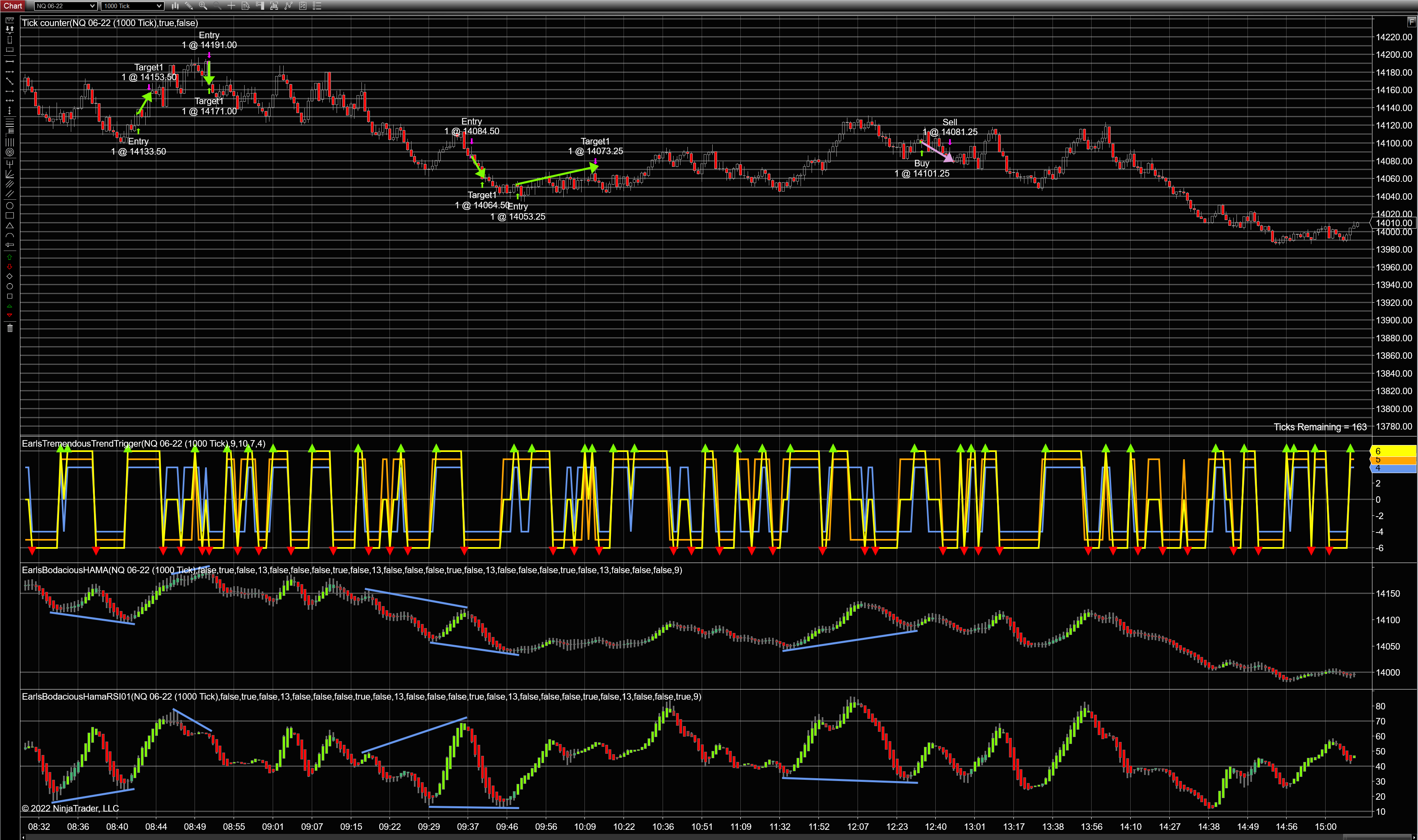Pareidolia: The Blessing
Your ancient ancestors were tasty treats for predators back in the day. Tigers included. Being ambush predators, tigers would often hide in the bushes, their stripes making it difficult for humans to spot them among the branches and their shadows.
But evolution gave humans a gift: Pareidolia. Simply put, pareidolia is the ease with which our brains spot patterns within seemingly random visual data. Natural selection favored the humans who could spot the face of the tiger watching them from the bushes, and pareidolia was reinforced among the humans who survived.
And it was passed down to us.
Pareidolia: The Curse
But every blessing, it seems, comes with a curse. Pareidolia leads to frequent false-positive pattern-spotting. But no matter. It’s better to see tigers that aren’t there and run away unnecessarily than to fail to see tigers that are there and get eaten, right?
Of course.
But then we went and invented economies, stocks, futures, computers, charts, and indicators. And Pareidolia is having a major comeback in our day-trading lives.
Is that a divergence? Or is it just a blip, too small to make a 20-point bet on?
Suddenly, running away unnecessarily has a very real cost. Run away from a tiger that isn’t there, and all you lose is your breath. But bet on a divergence that isn’t there, and you lose real money.
It helps to have an objective entry trigger. At the end of the day, study your trades (you keep a trading journal, right?), and give them a score from 1 to 10, rating how perfect their setups were.
Did the market move like a slow ocean wave and provide an entry signal as if it were a sign from God?
That’s a “10”.
Was the market choppy, and then a quick short-sell of 10,000 contracts drove the price down suddenly, triggering your entry signal criteria, and even though you knew the drop in price was anomalous, you took the trade anyway?
That’s a “1”.
Beware, though: Not every “10” will be a winner, and not every “1” will be a loser. So be objective in your post-evaluation.
Do this enough, and with experience, you’ll learn to rate trades quickly as the setups occur. If your evaluation shows that you shouldn’t take trades with setups that rate less than a “7”, then your answer is simple. Once you learn to rate setups in real-time, before you take the trades, then just don’t take trades with setups that rate less than “7”. You might even be able to adjust your indicators or strategies so they don’t see some low-rated setups as an entry trigger.
But go easy on yourself. It’s a process. And rating setups in real-time is difficult, even for experienced traders.
Final Admonishment
Many traders think that once they learn what a tiger looks like and how to spot it, they’re done learning how to day-trade.
Don’t fall into that trap.
You must also learn what it looks like to see a tiger that isn’t there.


